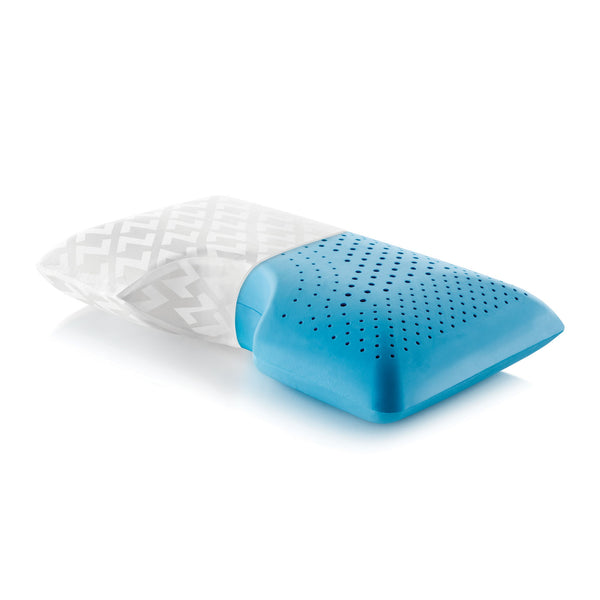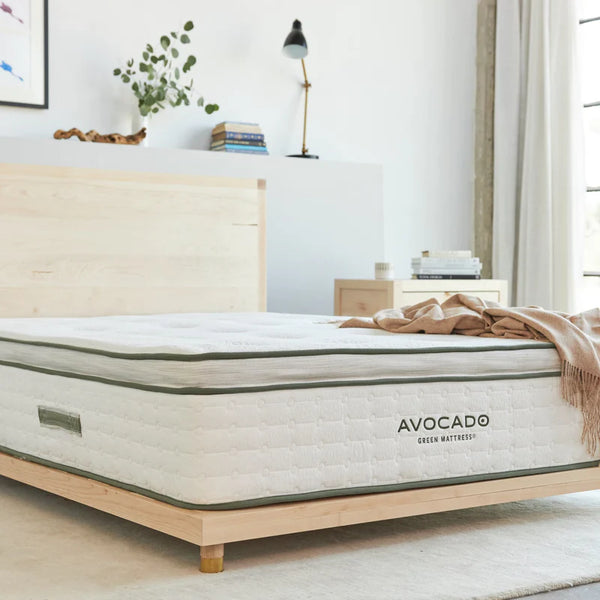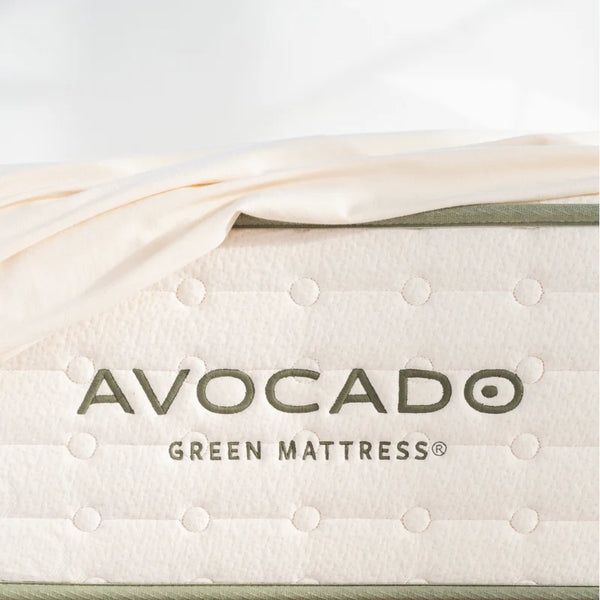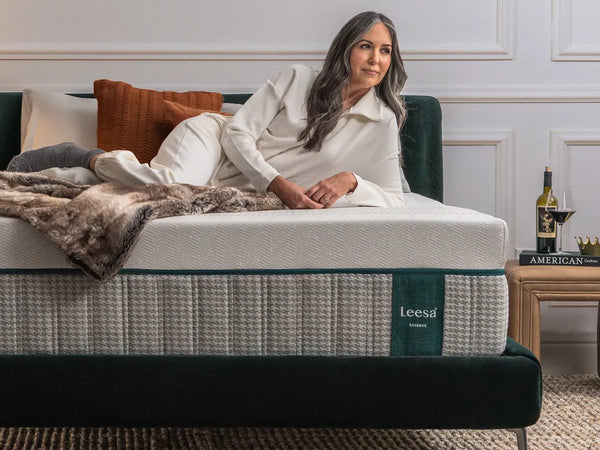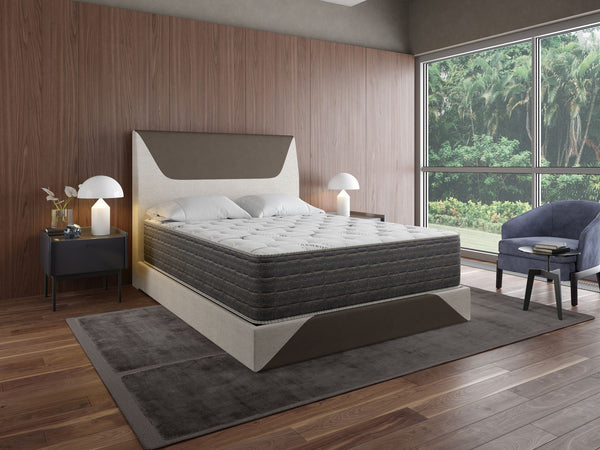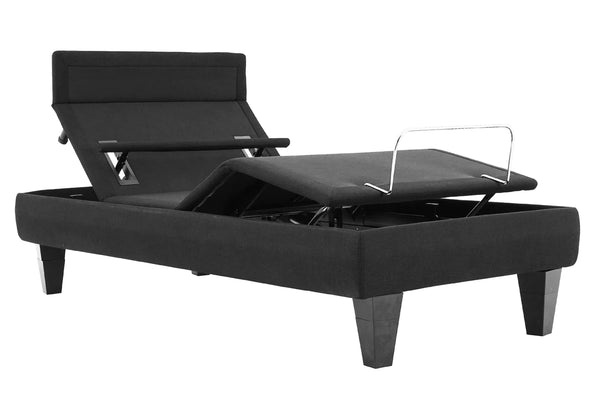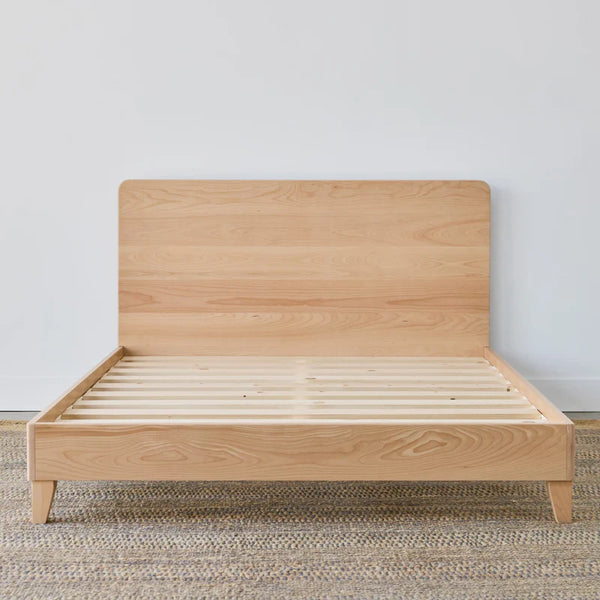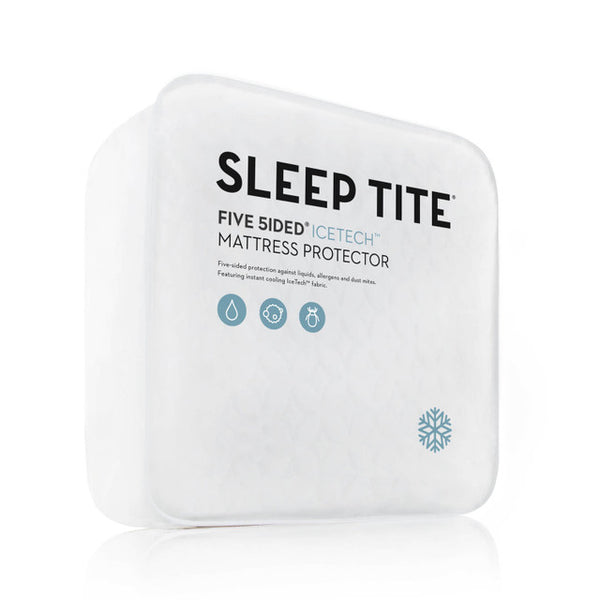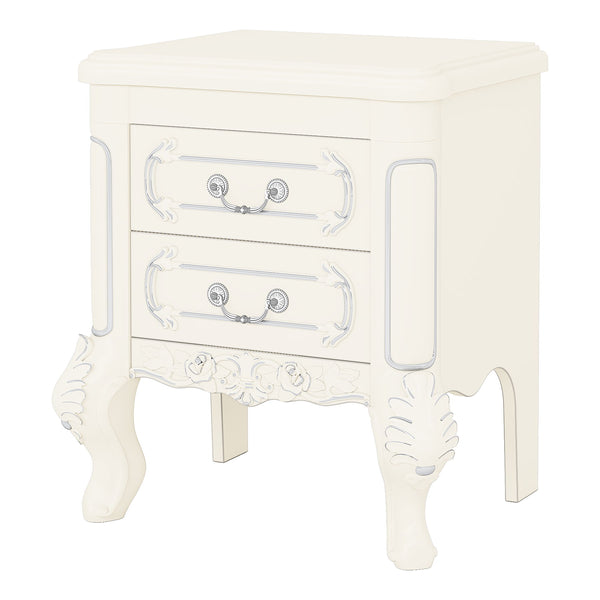
At this price point, shoppers can expect to find mattresses constructed with materials designed to last at least ten years or more, such as memory foam beds that cradle and support their bodies as well as natural latex and hybrid models.
Note that shipping and white glove in-home delivery/setup costs may be additional – this could add up quickly if your mattress requires a box spring or foundation.
Price
Price considerations when purchasing a mattress depend on multiple elements, including size, materials and warranty policies. Smaller mattresses tend to be less costly than their larger counterparts. Type also has an effect; foam mattresses usually cost less than innerspring ones.
Other elements affecting mattress prices are its manufacturer and retail outlet. A mattress that costs $500 to produce may sell for $1,500 in stores; this massive markup often makes purchasing one online more cost effective than purchasing it physically from stores.
No matter where you shop for mattresses, comparison shopping should always be part of your purchase process. Doing this can help ensure you find the most cost-effective mattress deal and save money. Many mattress stores provide price match policies if another retailer offers lower pricing; additionally some retailers will offer additional perks like complimentary pillows or mattress toppers to sweeten the deal even further.
As part of your mattress search, it’s wise to keep an eye out on how much people in your demographic spend on an average mattress purchase – this will allow you to avoid being taken advantage of by salespeople.
One factor affecting mattress prices is whether it is made to order. Custom-made models tend to cost more than their counterparts due to requiring higher levels of craftsmanship and meeting strict quality standards; additionally, custom models tend to have more defects.
Foam density plays an integral part in determining mattress prices. Low-density foams degrade more quickly while higher density ones tend to last longer and feel firmer underfoot. Furthermore, latex mattresses often cost more as their production requires either the Dunlop or Talalay method of processing.
Be sure to consider shipping and delivery charges when calculating the total cost of your mattress purchase. Some retailers charge extra for white-glove in-home delivery and setup – adding $100 or more – while warranties and return policies often have associated “restocking fees.”
Size
Mattress size can have a considerable effect on its price. Twin and twin xl mattresses tend to be the more cost-effective options, while queen and king sizes tend to be the most costly options.
Your mattress must fit your room and body type perfectly. Selecting too small of a mattress could leave you sleeping in an uncomfortably uncomfortable position and limit mobility, while too large of one would take up valuable space while making getting in and out difficult.
Size can affect not only price, but durability and materials used in its construction as well. While mattresses made of natural materials may cost more, they will last longer and provide superior support to your body.
When purchasing a mattress, it’s wise to shop around and compare prices before making your selection. A mattress is an investment worth making; make sure that you find the best value on a high-quality model that will serve you for many years. If your budget permits it, consider purchasing secondhand to save money; just bear in mind that they may contain any unpleasant odors from being previously in a smoking home or carry other unwanted smells that will remain over time.
Once you reach the $500 range, you enter into more costly categories of mattresses. At this price point, expect to find memory foam or hybrid mattresses made with premium synthetic materials that can last for at least 10 years and come with warranties against defects in materials and workmanship such as indentations that cannot be attributed to normal product settling, firmness issues and any defects within the mattress itself. If quality of mattress matters to you before making a purchase decision.
Materials
Price can differ greatly when purchasing a mattress, depending on its materials. Mattresses made of innersprings, foams, hybrids, latexs and air beds each carry their own price point; below we have organized them according to budget, midrange and luxury categories for easy comparison of queen-sized mattress prices.
Budget mattresses use low-grade materials and are tailored for those on a tight budget. In this price range you’ll find basic innerspring and memory foam models from leading brands, along with innovative features such as cooling covers or designs to promote spinal alignment.
Price differences when purchasing a budget foam mattress typically depend on the type of foam used and whether any additional materials such as graphite or cooling gel have been added, such as graphite or cooling gel. Density can also have an impactful impact; higher density options, like memory foam, are typically more costly than lower densities such as poly foam which is frequently found in sofa cushions and less costly.
Mid-range mattresses use an array of materials and advanced construction techniques, including high-density foam or individually wrapped coils, designed for those who desire additional support than an entry level budget mattress can offer but without rigidity of firm innerspring or latex models. Their price often depends on coil thickness with thinner coils being less costly.
At the luxury price range, mattresses made with superior materials like natural latex or eco-friendly synthetic foams will typically come backed by reputable brands and include an extended trial period and warranty coverage – some manufacturers even provide money-back guarantees to help give buyers peace of mind about such an expensive purchase. When searching for such mattresses in this price range, keep an eye out for additional accessories, like foundation or box spring costs which could increase overall costs significantly.
Warranty
When purchasing a mattress, it is crucial that you consider its warranty length carefully. Longer warranties typically provide more comprehensive coverage, meaning you may incur less repair or replacement expenses in the event of defects. But before making your final decision it is equally essential that you read any fine print carefully as well. Be mindful of things like timespan of coverage and conditions which may void it before signing an agreement.
When purchasing a budget mattress, try looking for models with low prices but offer high-quality materials. In this price range, innerspring or memory foam models should be readily available; however, it should be remembered that budget models won’t typically last as long; an average bed in this price range should last anywhere between 6-8 years.
Your best bet for saving on mattress prices is shopping during sales. Many mattress companies host attractive sales all throughout the year that could save you hundreds of dollars, particularly during holidays like President’s Day, Memorial Day, Labor Day Black Friday and Cyber Monday.
Mattress shopping online can save you money. A recent investigation by Consumer Reports discovered that brick-and-mortar mattress stores often mark up their products by up to 900% when compared with their costs of production; plus most online retailers will ship them right to your door free of charge!
When shopping for a mattress, it is also essential to take your sleeping habits into consideration. For instance, if you sleep with someone else (such as a partner or pet) then selecting a mattress with minimal motion transfer and noise may be key. Conversely if you tend to experience restless nights when asleep then investing in high edge support or firmer construction might improve comfort levels and help ensure a good night’s rest.

